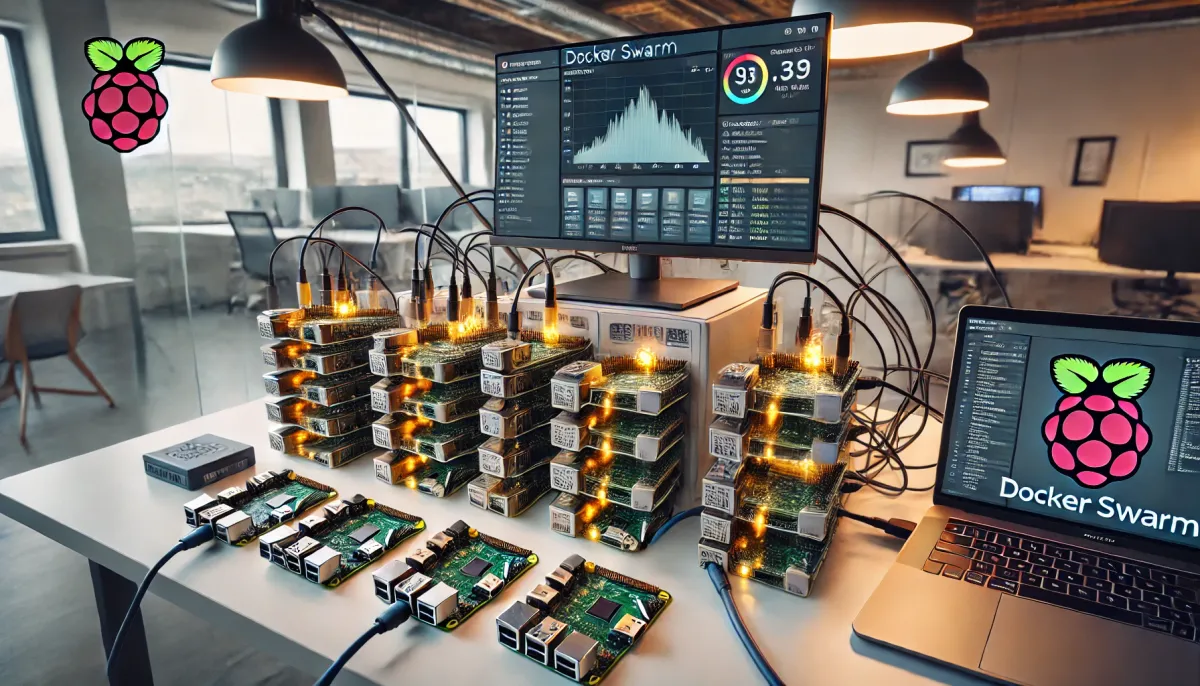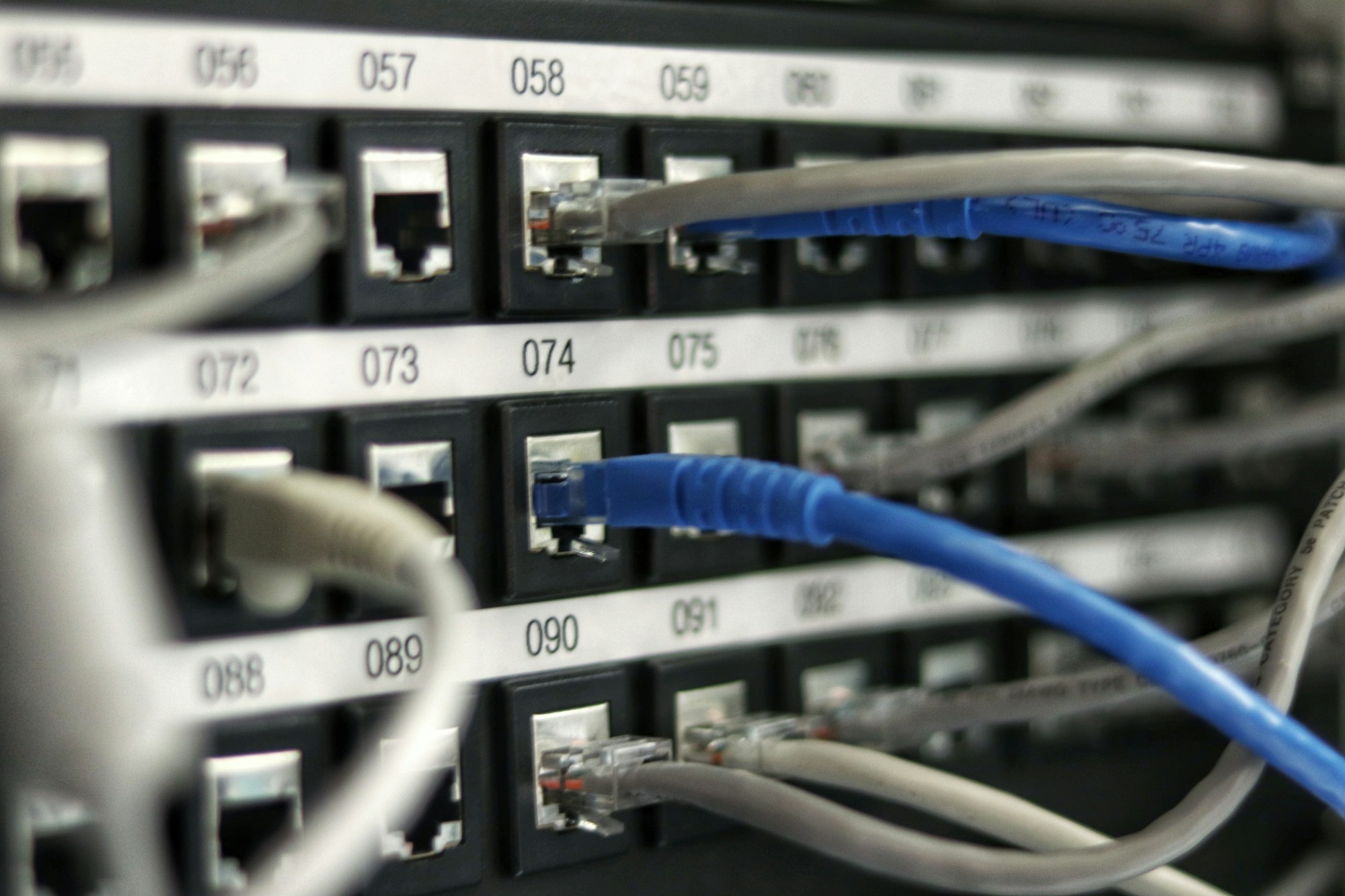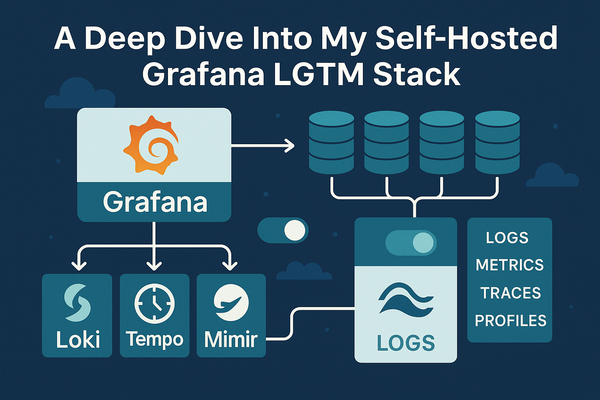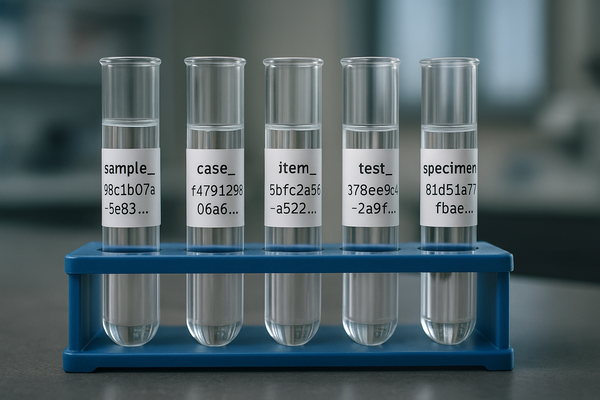Introducing My Homelab Series

Hello and welcome to my engineering blog. My name is T.J. Tarazevits and I am diving into the world of homelabs. This multi-part series will follow my journey in setting up my own homelab. For context, I am a software engineer that has worked on front-end and back-end systems in large corporate environments. Infrastructure has usually being highly managed (AWS/Heroku/MongoDB Atlas) or a dedicated team of engineers has handled the complexities of Terraform and Kubernetes for the application developers.
My goals for this project are
- Dive into the world of Devops to learn about how these tools work and to better understand the concepts I deal with in an abstracted way.
- Create a "rent-free" environment to deploy my various side projects.
- Deal with infrastructure at a scale more relevant to my day-to-day work versus using managed services like Vercel and Supabase that abstract away a lot of the complexity.
With that being said, I have started setting up my homelab cluster and will be breaking this out into various parts

- Building a Docker Swarm - Docker and Portainer
- Setting up Traefik and SSL
- Deploying my first project - Custom Registries




